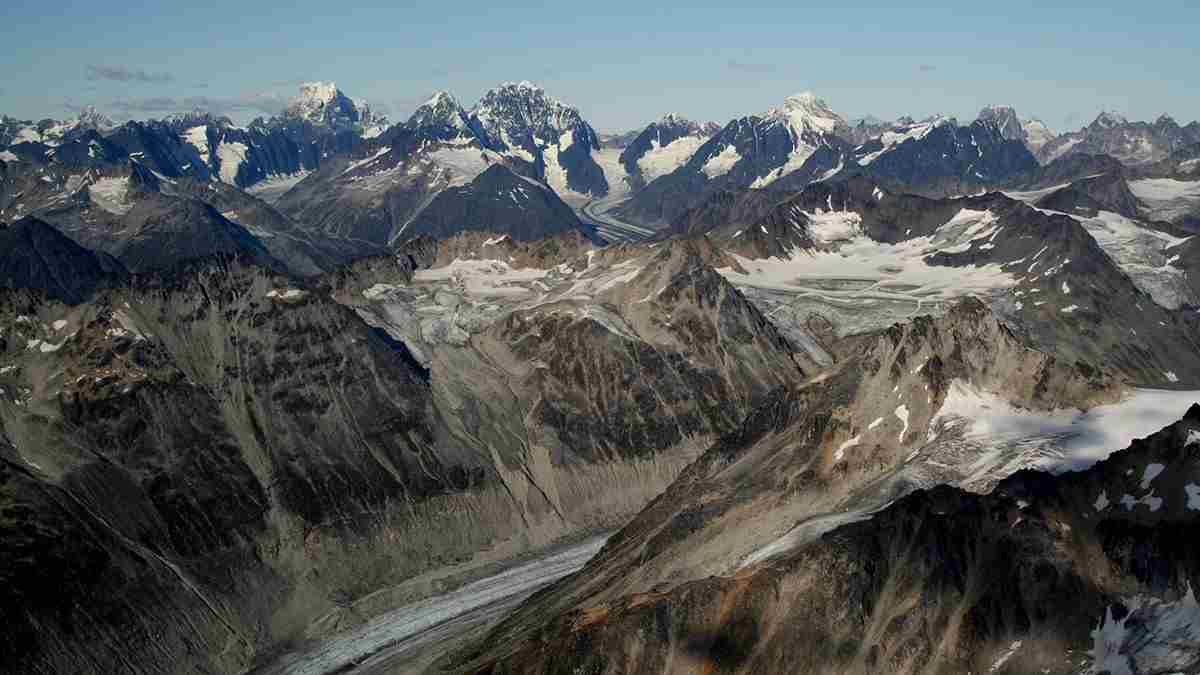Mountains of the Bible And Their Significance (2)

The Bible has often used mountains imagery, and we can classify this usage under four general categories, according to Bruce K. Waltke in the Theological Wordbook of the Old Testament.
1) Mountains as ruled by God
He establishes them (Ps 65:6; 90:2), weighs them (Isa 40:12), breaks them in pieces (1Kings 19:11; Hab 3:6), grinds and threshes them in pieces (Isa 41:15), sets them on the fire of His wrath (Deut 32:22; Ps 83:14; 104:32), melts them (Mic 1:4), and removes them (Job 9:5). Isaiah portrays the coming of the Lord to save His people and their return from the exile by the leveling of hills before Him (Isa 40:4; 45:2; 49:11).
2) Mountains as a symbol of power
Mountains were used to exemplify power whether with or against God's people. The latter can be seen in how Babylon was called a destroying mountain (Jer 51:25), the former in how a mountain will become a plain in front of Zerubbabel as an image of the defeat of any opposition he might confront (Zech 4:7). Also, the kingdom of God that will endure forever was depicted by the imagery of a mountain that will fill all the earth (Dan 2:44).
3) Mountains reflect the nearness of God
The elevation of mountains, as a geographical feature, qualified them to be a place of meeting between God the most high and His people on earth. God's worship, covenant, and revelation used to take place upon mountains. This is true for God in the OT, as well as pagan religions and practices. Big events in the life of Moses and Elijah and their ministry were attached to mountains, respectively Mount Sinai and Mount Carmel. Mount Ebal and Mount Gerizim were the mountains of blessings and curses (Deut 11:29; 27:12; Josh 8:33). Different mountains were places for worship (Gen 22:2; Josh 5:3; 1Sam 9:12; 1Kings 3:4). The Ark of the Covenant was set on a hill (1Sam 7:1; 2Sam 6:3). Prominently, the two mountains which were tied to God's revelation and worship in the OT were Mount Sinai and Mount Zion. Because the latter was the one upon which the temple was built, it was mentioned symbolically in the book of Revelation as the place of worship of the 144,000, who were redeemed from the earth (Rev 14:3).
4) Mountains as the divine abode
This imagery used in the OT is borrowed from the pagan mythology of the Ancient Near East, who were the neighbors of Israel (Ps 48:2). This kind of use was sparse in the OT. Two references in which it was used are about the downfall of pagan rulers, the kings of Babylon and Tyre (Isa 14:12; Ezek 28:14). It seems that the use of this borrowed imagery is deliberately used in these two contexts to mock the downfall of the pagan kings in front of God the king of kings and the Lord of lords. Moreover, the whole of both contexts were interpreted to be an imagery of the fall of Satan, as one of the Cherubim, and the mountain of the north from which he was cast out as a symbol of heaven.
That's how mountains imagery was used frequently in the Bible, specially the prophetic and poetic books of the Old Testament, to depict God's power Who rules the mountains with all their enormity, and Who is as high as they are, and at the same time He is near to His people who worship Him on mountains.
(To be continued)